NIGHT IN DAY / 나잇인데이
18.2Km 2023-11-06
17, Pyeonghwa-ro 562beon-gil, Uijeongbu-si, Gyeonggi-do
This cafe stays open well after midnight, so one can head there without worrying about closing hours. From the entrance, the interior impresses with artistic objects with antique and retro-style motifs. There are plenty of nice backgrounds to take pictures against, so this is a famous spot for social media photography as well. The ambience is like that of a comfortable hideaway, perfect for conversations in small groups, thanks to paintings and objects that adorn the corners and the walls. The most famous of them all is the clouds, which hang from the ceiling and create the ambience unique to this cafe. The signature menu here is coffee and smoothies. It also serves croffle and cake dishes as accompaniments.
E-Mart - Hanam Branch [Tax Refund Shop] (이마트 하남)
18.3Km 2024-04-22
70, Deokpungseo-ro, Hanam-si, Gyeonggi-do
-
Sojindam (소진담)
18.3Km 2024-02-08
178-42 Misadong-ro 40beon-gil, Hanam-si, Gyeonggi-do
Sojindam is a café offering a panoramic view from its rooftop. It features outdoor seating on the first floor, indoor seating on the second floor, and a rooftop on the third floor, each providing a unique atmosphere. One of its signature items is the Sojindam latte, a chocolate ice cream latte. The desserts, particularly the cakes, are quite popular. Conveniently located near Misagyeongjeong Park, a favored spot for autumn pink muhly grass, the café is set in a picturesque location ideal for photography.
E-Mart - Gwangmyeong Soha Branch [Tax Refund Shop] (이마트 광명소하)
18.4Km 2024-04-22
97, Soha-ro, Gwangmyeong-si, Gyeonggi-do
-
Himart - Soha Branch [Tax Refund Shop] (하이마트 소하점)
18.5Km 2024-04-18
506, Ori-ro, Gwangmyeong-si, Gyeonggi-do
-
Odeng Sikdang Uijeongbu Main Branch (오뎅식당)
18.5Km 2024-12-06
7, Hoguk-ro 1309beon-gil, Uijeongbu-si, Gyeonggi-do
+82-31-842-0423
The origins of Uijeongbu’s budaejjigae (Sausage Jjigae) tradition trace back to a humble food stall, now operated by the third generation. As budaejjigae grew in popularity, this modest stall evolved into a dedicated restaurant specializing in the iconic dish.
Uijeongbu Budaejjigae Street (의정부 부대찌개거리)
18.5Km 2023-10-27
7, Hoguk-ro 1309beon-gil, Uijeongbu-si, Gyeonggi-do
The word “budaejjigae” has two parts: “budae”, or military unit, and “jjigae,” a dish made by boiling ingredients and stock in a pot. It originates from the post-Korean War period, where processed meat from US Army bases was made into a jjigae with vegetables, glass noodles, ramyeon, and the like. While the exact origin of the dish is difficult to establish, a strong tradition of sausage jjigae was established in Uijeongbu, thanks to its proximity to US Army bases. These geographical characteristics created today’s Uijeongbu Budaejjigae Street. Starting with Odeng Sikdang, the origin of the street, restaurants specializing in sausage jjigae entered the area, creating a specialized street and a landmark of Uijeongbu.
Gapsan Myeonok (갑산면옥)
18.5Km 2021-03-18
62, Wolho-ro Hanam-si Gyeonggi-do
+82-31-792-7768
This is a Korean cuisine located in Hanam-si, Gyeonggi-do. The representative menu is cold buckwheat noodles. It sells spicy naengmyeon (Korean cold noodles).
Olive Young - Hanam Sinjang Branch [Tax Refund Shop] (올리브영 하남신장점)
18.5Km 2024-06-27
127-1, Sinjang-ro, Hanam-si, Gyeonggi-do
-
Manggyeongam Hermitage (망경암)
18.6Km 2021-04-24
72, Taepyeong-ro 55beon-gil, Sujeong-gu, Seongnam-si, Gyeonggi-do
+82-31-753-3090
Manggyeongam’s name derives from the hermitage's view of Seoul, and is located in Bokjeong-dong of Seongnam, Gyeonggi-do. Manggyeongam
Hermitage is said to be the place where kings of the late Goryeo and early Joseon periods prayed for peace for their subjects. In addition, Prince Pyeongwon, the 7th son of King Sejong, and Grand Prince Jean built an altar at Mangyeongam Hermitage and Chilseongdae Peak and pledged filial piety.
The hermitage is more widely known for its connection to the Chilseong faith, in which believers worship
Chilseong (the Seven Stars). It is easily recognized by the written records inscribed into the rock wall. Located at the hermitage is the Rock-carved Seated Buddha, an original work of the hermitage that is also designated Gyeonggi-do’s Tangible Cultural Asset No. 102. The Buddha is embossed inside a deep hole in the rock. In the words inscribed near the statue, there is also a legend that says Lee Gu-seung carved Gwaneum Statue near Rock-carved Seated Buddha and built the hermitage in 1897.
Next to the hermitage is a pond called “Bokumul,”
which means “blessed sugared water.” The neighborhood of Bojeong-dong takes its name from this pond. At the hermitage, Daeungjeon Hall (the main hall), Samseonggak Shrine (shrine for three spirits), and Mireukjeon Hall were all established fairly recently. The hermitage site also includes a huge Mireuk Daebul statue (Great State of Maitreya Buddha) and a five-story stone pagoda.
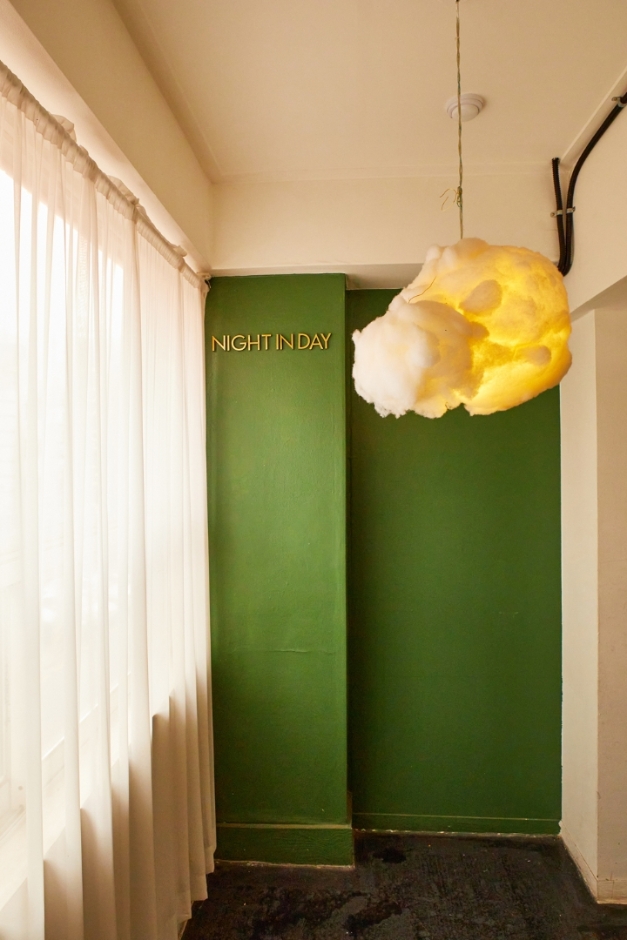
![E-Mart - Hanam Branch [Tax Refund Shop] (이마트 하남)](http://tong.visitkorea.or.kr/cms/resource/00/2888500_image2_1.jpg)

![E-Mart - Gwangmyeong Soha Branch [Tax Refund Shop] (이마트 광명소하)](http://tong.visitkorea.or.kr/cms/resource/38/2881838_image2_1.jpg)
![Himart - Soha Branch [Tax Refund Shop] (하이마트 소하점)](http://tong.visitkorea.or.kr/cms/resource/41/2881841_image2_1.jpg)
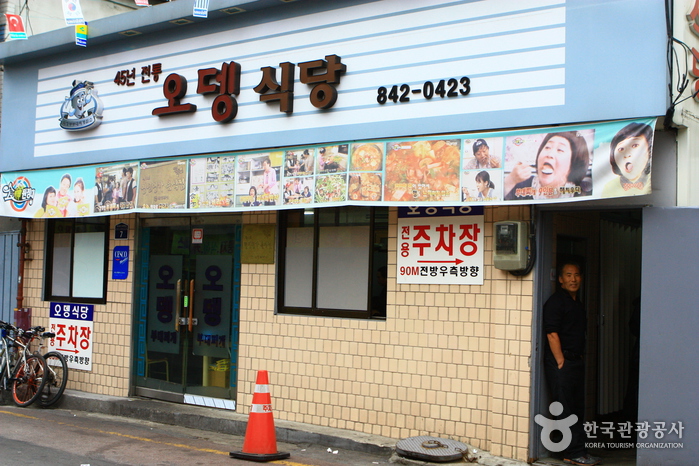
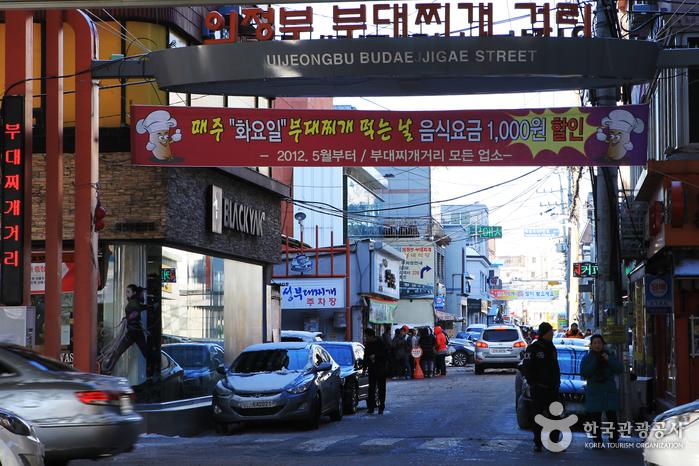
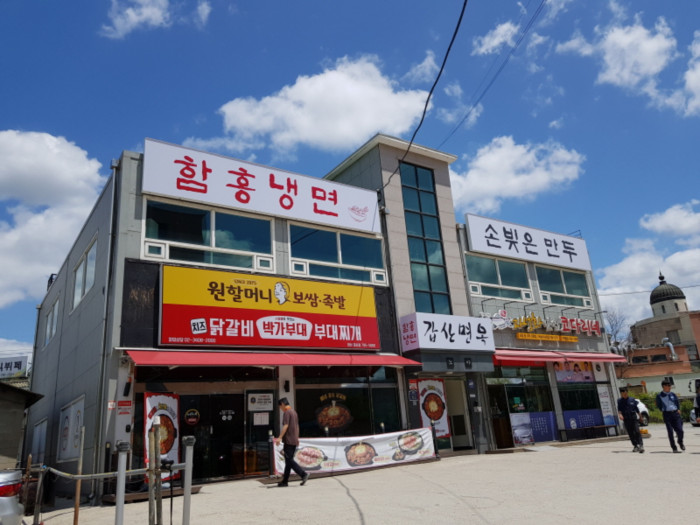
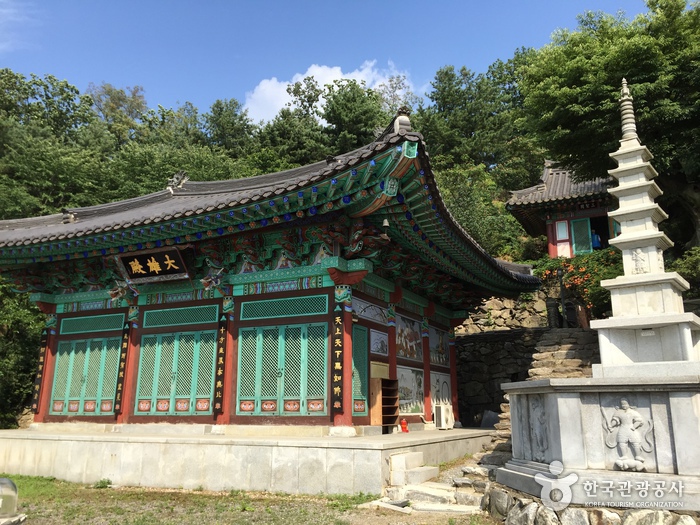
 English
English
 한국어
한국어 日本語
日本語 中文(简体)
中文(简体) Deutsch
Deutsch Français
Français Español
Español Русский
Русский